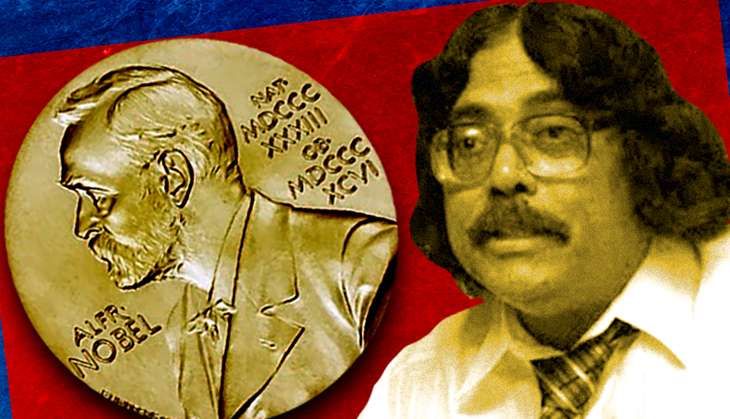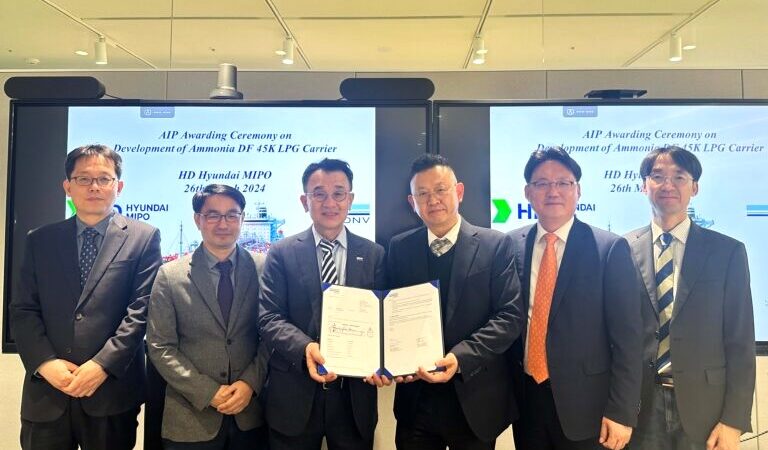Prime Ministers of India, Sweden Must Address Critical Issues on Nobel Prize: Prof. Mrinal Thakur
Professor Mrinal Thakur, Director of Photonic Materials Research Laboratory of Auburn University, USA, expressed concern that Prime Minister Lofven of Sweden and Prime Minister Narendra Modi took no action to resolve critical issues on the Nobel Prize raised multiple times earlier.
The 2000 Chemistry Nobel Prize was awarded for the discovery of Conductive Polymers. The Royal Swedish Academy of Sciences gave the award only to those who discovered “Conjugated” conductive polymers and failed to give credit to Professor Thakur for his discovery of “Nonconjugated” conductive polymers which was first reported back in 1988.

Image source: File Photo
The document preserved at the Nobel Foundation website for the 2000 Nobel Prize in chemistry is fundamentally incorrect. Alan Heeger, A.G. MacDiarmid and H. Shirakawa, recipients of the Nobel Prize for chemistry in 2000, made fundamentally incorrect (nonfactual) statements in their Nobel document that only conjugated polymers can be electrically conductive.
Legal communications involving US attorneys have recently established that these Nobel recipients have agreed at the legal-level that Professor Thakur’s experimental works and theory are fundamentally correct while theirs are fundamentally incorrect!
However, the following four critical issues have remained unresolved:
- No credit to Professor Thakur in 2000 Nobel Prize and afterwards for his discovery of “Nonconjugated Conductive Polymers” although the Nobel Prize was awarded for the discovery of “Conductive Polymers”. The fundamental theoretical basis of conductive polymers as provided by Professor Thakur (1988) has been proven and accepted to be correct while that given by the Nobel recipients was proven incorrect.
- The Royal Swedish Academy is yet to correct the document preserved at the Nobel Foundation website despite repeated requests. The document states a polymer must be conjugated to be electrically conductive – which is nonfactual and the corresponding theory as given is incorrect.
- Professor Thakur’s research funding was abruptly stopped as he brought up the incorrectness and inequity regarding the 2000 Nobel Prize in Chemistry. The funding has remained stopped for the past 15 years since 2003.
- Professor Thakur stakes claim to the 2014 Nobel Prize in Chemistry as well since “Super-resolved Fluorescence Microscopy” (2014 Nobel in Chemistry) is primarily based on earlier nonlinear optical experimental and theoretical studies performed by Professor Thakur and colleagues on organic materials (published in Applied Physics Letters, Physical Review Letters, MRS Proceedings, Macromolecules, Optics Letters etc. on 1985 and onwards). Professor Thakur’s works were published at least ten years prior to those of the 2014 Nobel recipients.
Professor Thakur sought assistance of Prime Minister Modi of India, President of the United States and the Prime Minister of Sweden to resolve these critical issues – but nothing has transpired as yet. Is the reelected Prime Minister Narendra Modi going to take a serious action now on this matter?
Professor Thakur’s scientific works have been accepted by the entire gamut of polymer scientists and his discoveries have appeared in many major scientific journals in USA and outside. He has hundreds of research publications. His research has made wide impact in polymer science as well as in the branches of nonlinear optics and nanoparticles.
His discovery on protective shields is expected to make profound impact by making the planet/ mother earth safer as its applications can safeguard the living beings/environment against radioiodine emission caused by nuclear power plants, nuclear spent-fuel-rods, rocket/space satellite launching stations, other nuclear reactors as in nuclear-powered ships/submarines, nuclear fallouts, as well as in administering nuclear medicine.
Thakur’s Equation
The central equation of the 2014 Nobel document is from Professor Thakur’s earlier works on nonlinear optics. In a recent court case, a Judge has referred to this equation (equation 3 of the Nobel document) as “Thakur’s Equation”, although no credit was given to Professor Thakur in the document.
A case of plagiarism was filed by Professor Thakur against the 2014 Nobel Laureates on this issue, but the Judge ruled there is no law against plagiarism (despite the consequences) in California, USA.
The 2014 Nobel Prize in Chemistry was awarded to Betzig, Hell and Moerner for their works on “Super-Resolved Fluorescence Microscopy.”
The nonlinear optical coefficients as a function of wavelength, excited-state lifetimes, two-photon absorption and the detailed saturation dynamics have all been measured using femtosecond-duration pulses and their theoretical interpretations have been established.
The excited state lifetime as measured is about 1.8 ps. In the off-resonant domain the response is instantaneous.
As discussed in such reports, (phase-space filling model applied to PTS-polydiacetylene crystal), the fractional change in oscillator strength, δf/f is related to the number fraction of electrons (excitons) involved in the transitions as given in the following:where Ns is the saturation density.
For organic materials, energy levels remain essentially unchanged when light is incident on it.
As it is well known, the gain constant, γ for downward transition (stimulated emission) involving two levels relates to the laser light intensity as follows:where Is is the intensity at which the gain (γo) reduces by a factor of 2.
Then, the fractional change in oscillator strength (downward transition),
The following equation (known as The Thakur’s Equation Δ = λ/(2nsinα(1 + I/Is)1/2), shows the line-width defined as the standard deviation as related to the number of electrons involved in the downward transitions (stimulated emission) due to the presence of the pump pulse:where Δo is the average line-width (= λ/(2nsinα) in the Abbe limit (1)Abbe, E. (1873) Archiv fur Mikroskopische Anatomy, 9: 413.
This is the central equation, Equation 3 given in page 5 of the 2014 Nobel document preserved at the Nobel Foundation website and is derived based on phase-space filling model and the statistics involved in the emission process. A derivation of this equation is not given in the literature.

In conclusion, super-resolved fluorescence microcopy, in particular stimulated emission depletion microscope essentially involves a femtosecond pump-probe measurement in third order optics of organic materials.
The mechanisms are adopted from earlier experimental and theoretical studies in third order optics involving well-defined materials such as polydiacetylene single-crystal films. The correlation between the line-width (resolution) and optical pulse intensity is developed using phase-space-filling model used in the case of PTS-polydiacetylene film.





